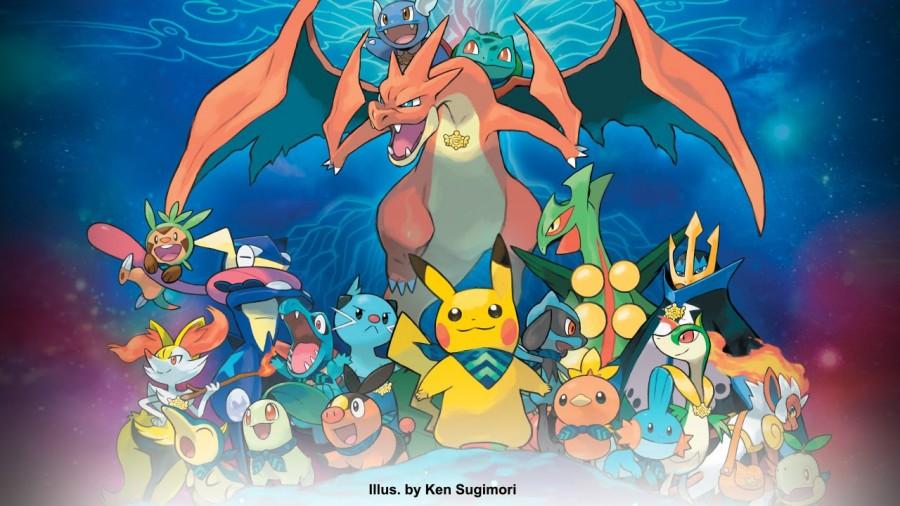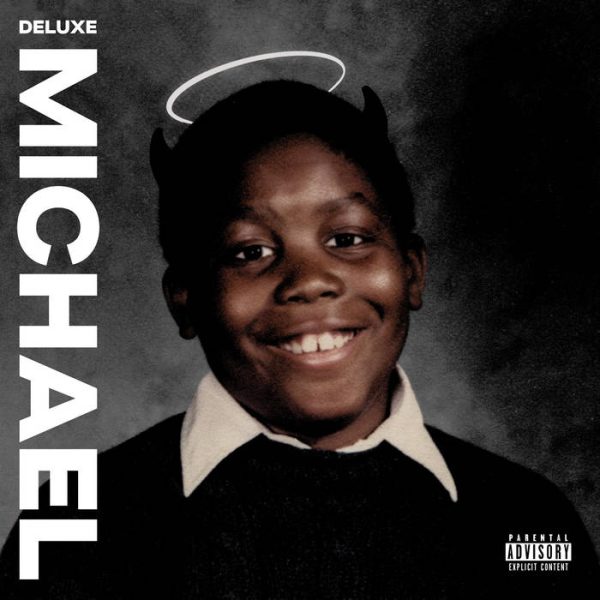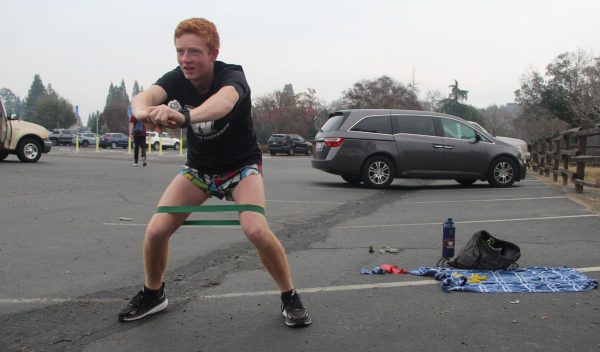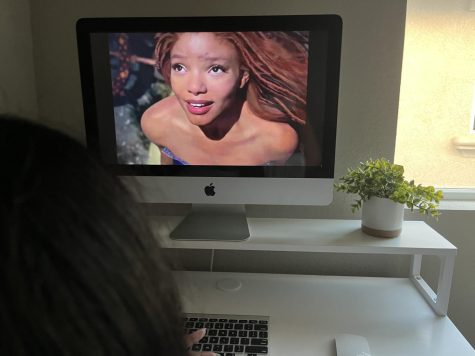‘Pokémon Super Mystery Dungeon’ is less mystery, more mundane
Built around the concept of navigating through randomly-generated mazes and strategy-oriented battle, the latest game in the Mystery Dungeon spinoff series is teeming with color and character, but its repetitiveness and bland gameplay makes for a rather unengaging title.
Beginning from the releases of Pokémon Mystery Dungeon: Blue Rescue Team and Pokémon Mystery Dungeon: Red Rescue Team for the Gameboy Advance, numerous sequels have since been moderate in popularity.
Just like its predecessors, Pokémon Super Mystery Dungeon features a human-turned-Pokémon protagonist with memory loss, who soon grows accustomed to the world around them by completing missions in secret dungeons. Although this has grown to be a classic component of the series, it starts the game off with an already-familiar, somewhat stale feeling rather than a fresh and unprecedented beginning. Instead of bringing back the nostalgia of its previous titles, the game repeats [ rather than reminisces ] the ever-old storyline too familiar to most players.
In an alternate reality where Pokémon form distinguished societies, it’s interesting to see the personalities and traits given to the different creatures. [ For a change, they finally know how to say something other than their own names. ] Remember that really, really annoying kid that always pestered everyone in class? Well, Pokémon Super Mystery Dungeon ensures that the player comes face-to-face with them in Pokémon form, since they’re your expedition partner that you’re bound to forever! And how about that one juvenile bully and his trusty sidekick? Yep, they’re here too, and the player is forced to deal with them and their trivial pursuits in shoving another poor Pokémon around. [In their defense: there’s something just a little off about a lavender blob of jelly whose peers are all animalistic creatures.] Even though it’s nothing new to see potentially-diverse characteristics amongst this alternate reality, the game incorporates stale clichés with character developments that are nothing more than stereotypical.
For a franchise that’s been overwhelmingly popular amongst a variety of age groups, I feel like the initial themes of school and even being cared for by an adult is something new to Pokémon. I mean, if my mom sent me off to journey around the world with a backpack, bike, and only one set of clothes at age 10, exactly why do I need to be put in school now? While interacting with other characters in this environment relates to a younger audience, the classroom clichés and nurturing vibe of the game is a notion that can be difficult for older players to grasp. Embarking on an independent adventure is one of the major themes of the main series games, so placing the player in such a controlled environment feels like a binding restriction.
Additionally, the initial chapters of the story are overly plot-heavy, and the lack of anything particularly new or different from the previous Mystery Dungeon games left me spamming the B button to skip through masses of lines of text I could easily recite from memory. And right when the repetitions are finished and I finally thought I could play the game, I was presented with the battle system. Equally boring as minimal in graphics, every Pokémon you encounter in a dungeon lashes out at you. You’re then locked into an exchange of hits, which can seem endless and void of progression. Whether an enemy’s HP bar is steadily diminishing or barely budging – you’ll never know. Because it’s invisible.
Pokémon Super Mystery Dungeon features more visually-appealing color and glitz than ever, but the absence of anything refreshing and new leaves more to be desired.
by KAYLA HUNG











